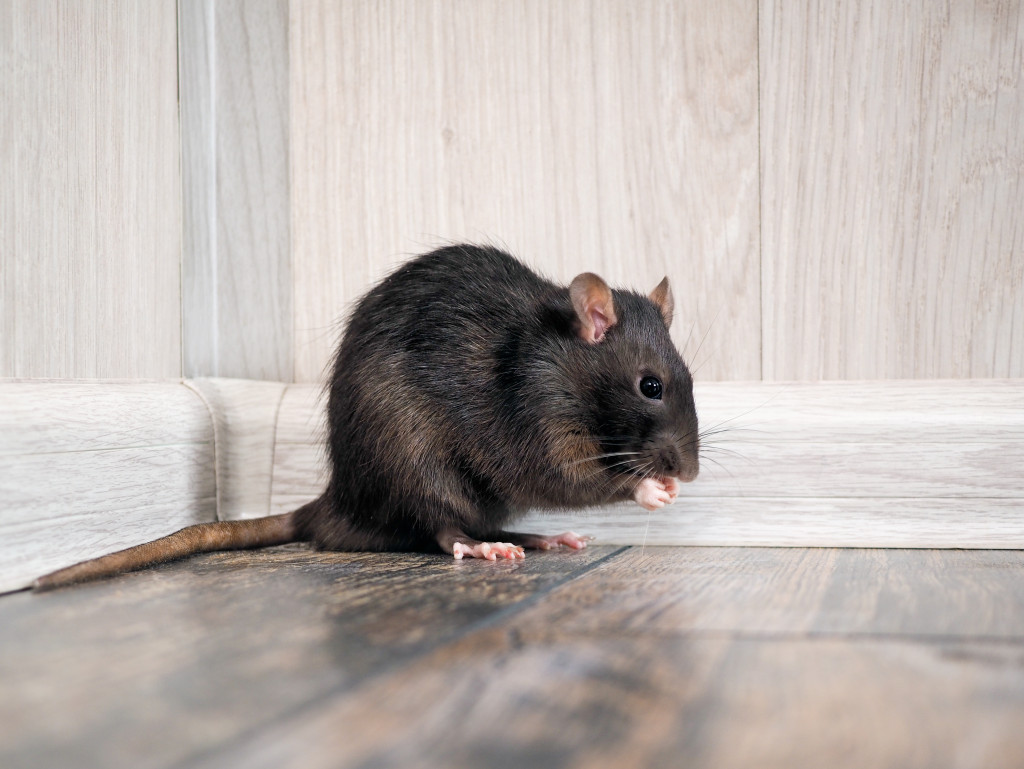- Cleaning is necessary to maintain a healthy and safe house, as cluttered environments can increase stress levels and lead to mental health issues.
- Mice, rats, bed bugs, and termites are common household pests that can cause damage and health risks.
- To eliminate these pests, a multi-faceted approach should be taken, including trapping, baiting, sealing entry points, removing potential food sources, and using repellents.
- Regular home inspections are also necessary to prevent an infestation from occurring, ensuring you can enjoy an ideal environment.
Cleaning is an essential part of keeping a home healthy and safe. According to the American Cleaning Institute, 92% of Americans believe it is necessary to keep their house clean. Furthermore, research conducted by the Mayo Clinic found that clutter can increase stress levels, which could lead to medical issues such as headaches, fatigue, and muscle tension.
Not only can a cluttered environment affect physical health but also mental health. One study published by PLOS One revealed a correlation between hoarding and anxiety disorders – the more one hoarded, the more one experienced severe mental health issues. Thus, managing clutter can reduce stress and anxiety and promote relaxation and well-being.
However, you will find that cleaning your home isn’t always enough to keep it healthy and safe. Your home is susceptible to certain pests that can cause damage, health risks, and discomfort. To prevent these pesky enemies from invading, the following information will help you understand common household pests and how best to protect your home.
Mice or Rats
It is common for rats and mice to find their way into homes. These pests can enter through open doors, gaps around windows, and small holes in walls or ceilings. They are attracted to warm, dark places such as attics, basements, and crawlspaces where they can hide and nest. Rodents also feed on food spilled in kitchens and pantries.
The best way to get rid of rats and mice is with a multi-faceted approach that includes trapping, baiting, sealing entry points, cleaning up clutter, removing potential food sources, and using repellents. All these strategies can help reduce the number of rodents in your home.
Trapping
One of the most commonly used methods for rodent control is trapping. Snap traps are an effective solution for catching mice or rats quickly; however, they should be placed carefully within the easy reach of rodents while avoiding areas where children or pets can come into contact with them. Other forms of trapping include glue traps, live capture traps, electric traps, and ultrasonic trap systems.
Baiting
Another popular method for eliminating rodents is baiting; it involves using poisoned bait to kill them when ingested. This approach is often used with other extermination methods to eliminate rodents from home completely. When using bait stations, it’s essential to ensure they’re secure so children or pets cannot access them.
Sealing Entry Points
Rats and mice often enter homes through cracks and crevices around windows or doorways; therefore, it’s important to seal these entry points to prevent further infestation. Most hardware stores sell weatherstripping kits that can be used to block small openings or cover more significant gaps with metal sheeting or wire mesh as needed.
Removing Potential Food Sources
Rodents will take advantage of messes left behind by humans, so it’s essential to keep your home clean by regularly vacuuming carpets, wiping down surfaces with disinfectant wipes or sprays, and washing dishes immediately after use. It’s also important not to leave any food around that could attract rodents; this includes pet food, which should be stored in sealed containers off the floor away from potential nests.
Bed Bugs

The most challenging opponent for homeowners is the bed bug. These pests are small, reddish-brown insects known for their bloodsucking behavior. They can hide in crevices and cracks around the house or inside furniture and mattresses; they feed on sleeping humans at night.
Bed bugs can be challenging to eliminate as they reproduce quickly, can survive long periods without food, and are resistant to most insecticides. The best way to manage an infestation is by identifying any potential harborage areas (e.g., mattresses, sofas, carpets) and using a combination of chemical treatments, steam cleaning, vacuuming, laundering fabrics, and bedding regularly, sealing entry points with caulk or weatherstripping kits, and monitoring for new infestations regularly.
Termites

Wood is the most used material for a home. The element is present in almost everything. From furniture to flooring and walls—wood is everywhere. And so, the danger of an infestation of wood-destroying insects such as termites is genuine—especially in warm and humid climates.
Termites are wood-destroying insects that can cause significant damage to homes. They live in colonies and feed on damp or rotting wood, making them particularly dangerous if left unchecked. Common signs of termite infestations include swollen floors or walls, cracking paint, and holes in wooden furniture.
The best way to eliminate a termite infestation is by contacting a pest control professional who will use specialized tools and treatments to eradicate the pests from your home. Termite control can be challenging to perform yourself, so you must perform regular home inspections and contact a professional if you suspect an infestation.
Final Thoughts
It is essential to be aware of the potential pests that could invade your home to protect it from damage, health risks, and discomfort. The best way to control these pests is with a multi-faceted approach that includes trapping, baiting, sealing entry points, removing potential food sources, using repellents, and calling a pest control expert. With this knowledge, you can keep your home healthy and safe from those pesky enemies!




